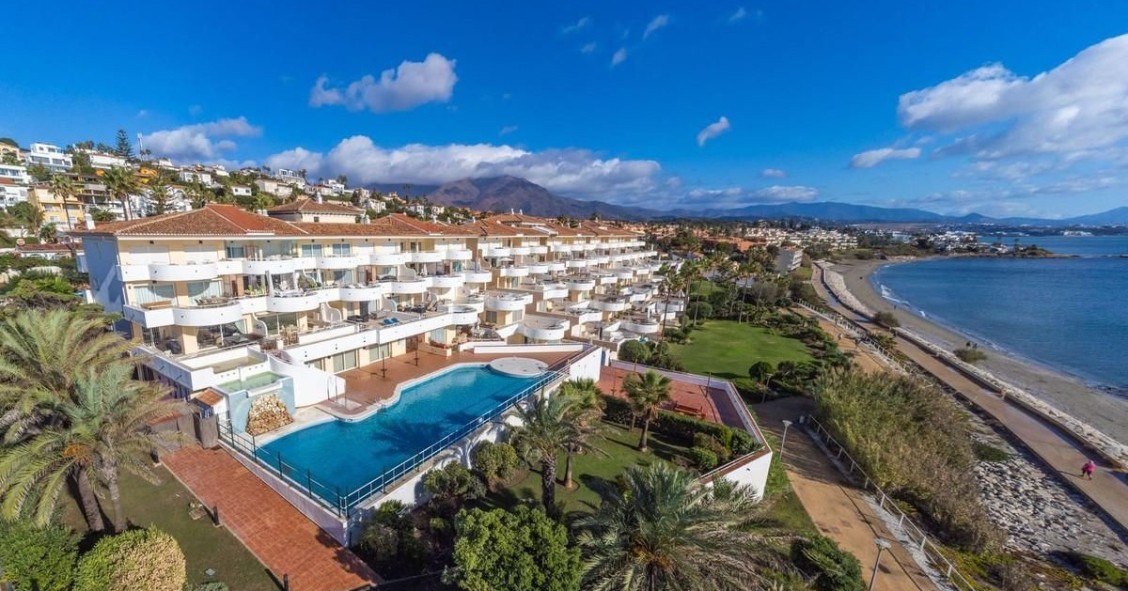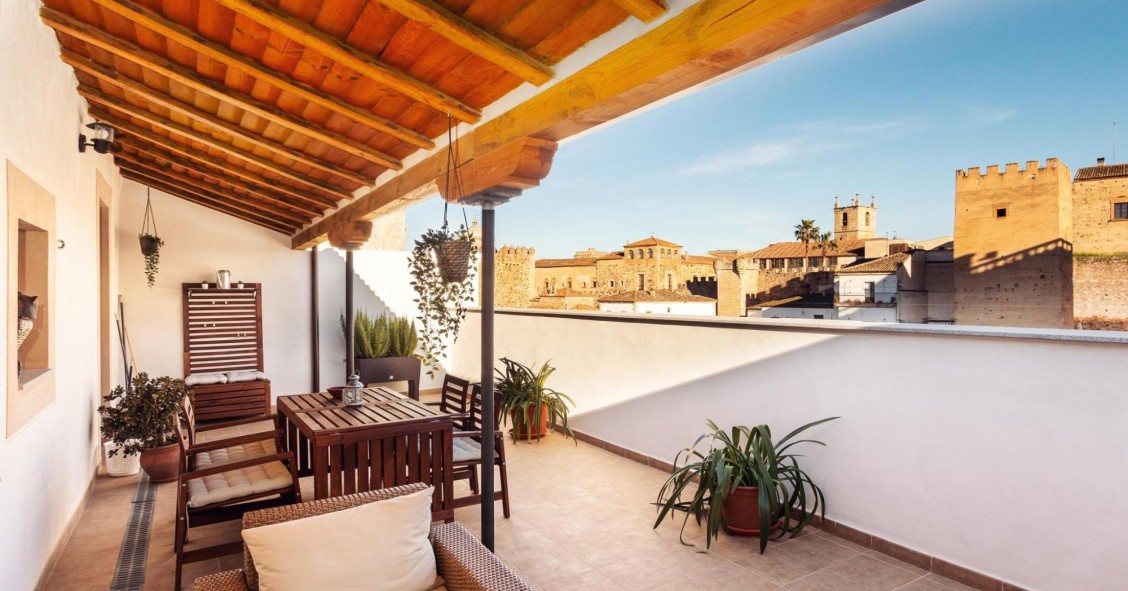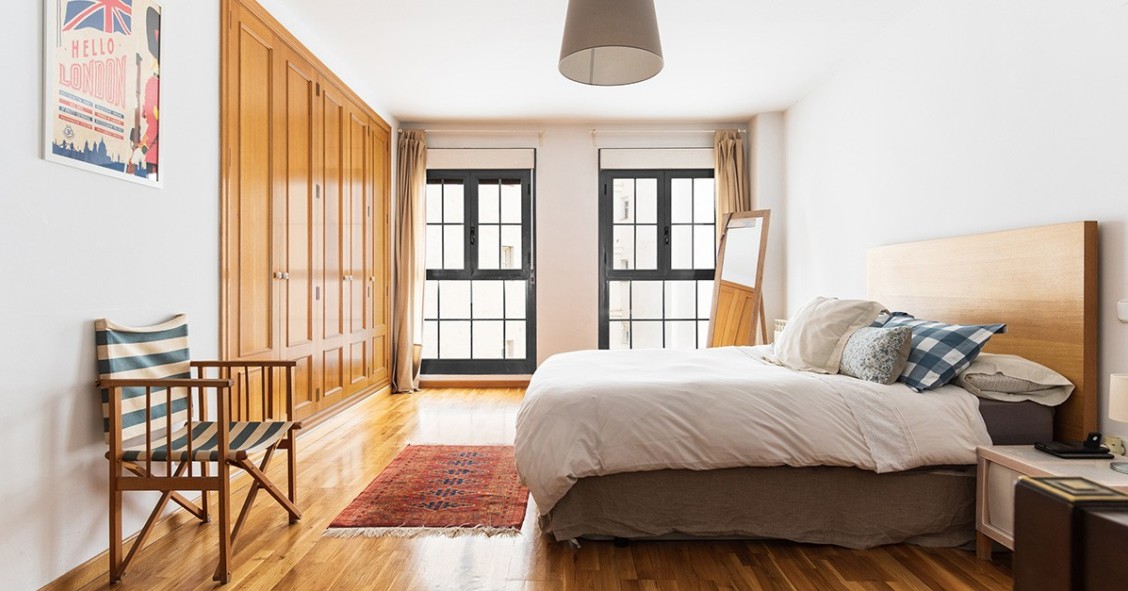
Having doubts about whether you should buy or rent is very common. On one hand, buying a home in Spain requires a significant initial input of money, but on the other hand, spending your whole life paying the rent on a house that you will never own is not necessarily an appealing option. So how do you choose? Is it better to rent or buy in Spain?
In this article, prepared for idealista/news by the website ComparaJá.pt, we look at an alternative: a leasing option, also known as 'let to buy', ‘rent to buy’ or ‘rent-to-own’. Find out all you need to know about this other solution to the buy or rent dilemma when assessing your property options in Spain, and even see a selection of rent to own homes available now.
What is rent-to-own and how does it work in Spain?
Basically, a leasing option is a way to buy a property which takes its future acquisition into account when you have previously rented it for some time. With a rent-to-own option, you rent the property as normal (usually a period of 2 to 5 years is normal in Spain, as stipulated in the contract) and then you have the possibility to buy it.
What advantages does it have?
A rent to buy scheme allows a lot of flexibility as you can live in a place before you buy it, which gives you more time to save up. For those who don’t meet the proper economic requirements for buying a Spanish property but wish to do so eventually, this is a great way to achieve that.
Another benefit is the fact that the tenants are not under any obligation to buy the property once the rental period comes to an end. Only the seller has a certain commitment as they are obliged to sell their house to the tenant within the agreed term, providing the tenant still wants to buy it.
If, after renting your Spanish property for a few years, you decide that it’s not right for you, it’s not mandatory to buy - you have the chance to try before you buy! Similarly, if you decide that you want to purchase the property earlier, before reaching the end of the rental period, this can be arranged as long as both parties are in agreement.
It’s not only the tenant/buyer who benefits, though. There are also advantages for the owner: they can increase the chances of selling their property and, even if they don't sell it in the end, they will still have made money on the rental.
All procedures, including term lengths or values of the property, are freely established between the tenant and the property owner when they sign an agreement indicating the leasing option. Normally, the length of the rent is set at two to five years, though the purchase may be brought forward before this. Everything else in the let to buy contract is the same as in a normal lease agreement, so you don't even have to pay the community costs for the building while you are renting, for example - these are paid by the landlord.
Finally, there is one more amazing advantage that’s worth mentioning: the amount of rent that is paid can be deducted from the total sale value if this is specified in the contract, which it normally is. This means that tenants are not losing their money on rent; rather, they are investing it in the possible future acquisition, if they decide to go through with it. What's more, the final sales price often carries a heavy discount from the standard Spanish market rate anyway in order to incentivise potential tenants/buyers.
Are there any disadvantages?
As with anything, there are some disadvantages. There is not much demand in the Spanish market for leasing options right now because the rental market has been growing in recent years, while sales have been put on the backburner.
If you do manage to contract a rent-to-own agreement, though, the rent may be subject to periodic revision, just as with any let. There may even be an extra 'option fee' to pay on top of the deposit as an additional guarantee for the owner to know the tenant is serious about the purchase.
Be careful, too, about the final sale price agreed at the beginning of the rent-to-own period. Although the price may be under the market average at the time you sign the lease, it may be over the market average within five years' time, depending on inflation and the evolution of house prices.
For the seller, too, there is a risk of them wanting to sell the property but the tenant eventually choosing not to keep it. That said, homeowners normally only agree to leasing options when they want to sell the property but aren’t in any rush to do so, using the rental as a sort of transition period until they are ready to sell.
In any case, consider whether the possibility of a let to buy leasing option is worth it for you because it could just be the perfect way for you to afford to purchase a house or villa in Spain within the next 5 years with all the benefits of trying before you buy. You can find several examples of this type of property on idealista.






